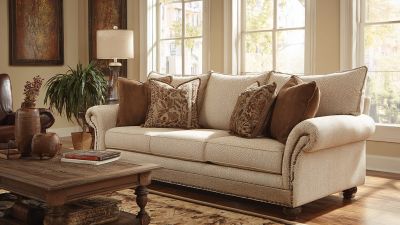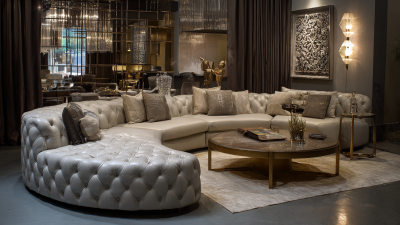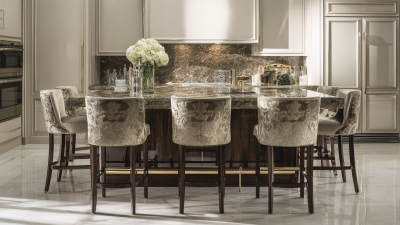As the 138th China Import and Export Fair approaches in 2025, the furniture industry is poised for significant insights and growth opportunities. With the global furniture market projected to reach approximately USD 650 billion by 2027, furniture builders are strategically positioned to leverage emerging trends and consumer preferences. Recent studies indicate that sustainable practices and innovative design are becoming increasingly important to buyers, with approximately 70% of consumers expressing a preference for eco-friendly products. Additionally, the rise of e-commerce in the furniture sector, which has seen a growth rate of over 25% annually, presents a valuable avenue for furniture builders to expand their reach and enhance customer engagement. This fair not only serves as a platform for exhibitors to showcase their craftsmanship but also as a hub for furniture builders to explore market dynamics and connect with suppliers and buyers worldwide.
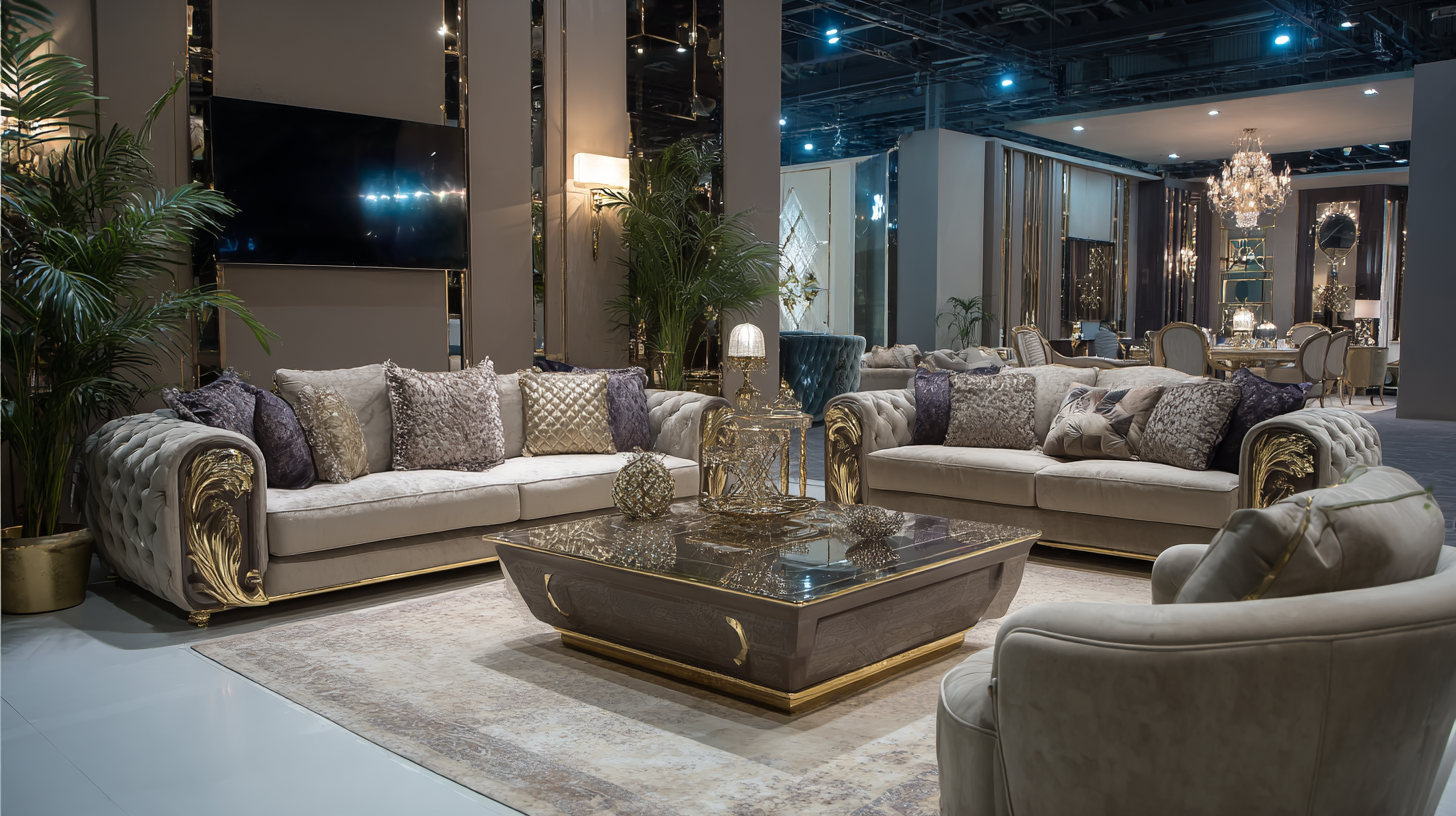
At the 138th China Import and Export Fair, the furniture industry showcased a dynamic range of emerging design trends that reflect both consumer preferences and innovative craftsmanship. One prominent trend observed was the integration of sustainable materials, with builders emphasizing eco-friendly options such as reclaimed wood and bamboo. This shift not only caters to the growing demand for environmentally responsible products but also enhances the aesthetic appeal of furniture pieces, offering unique textures and stories behind each item.
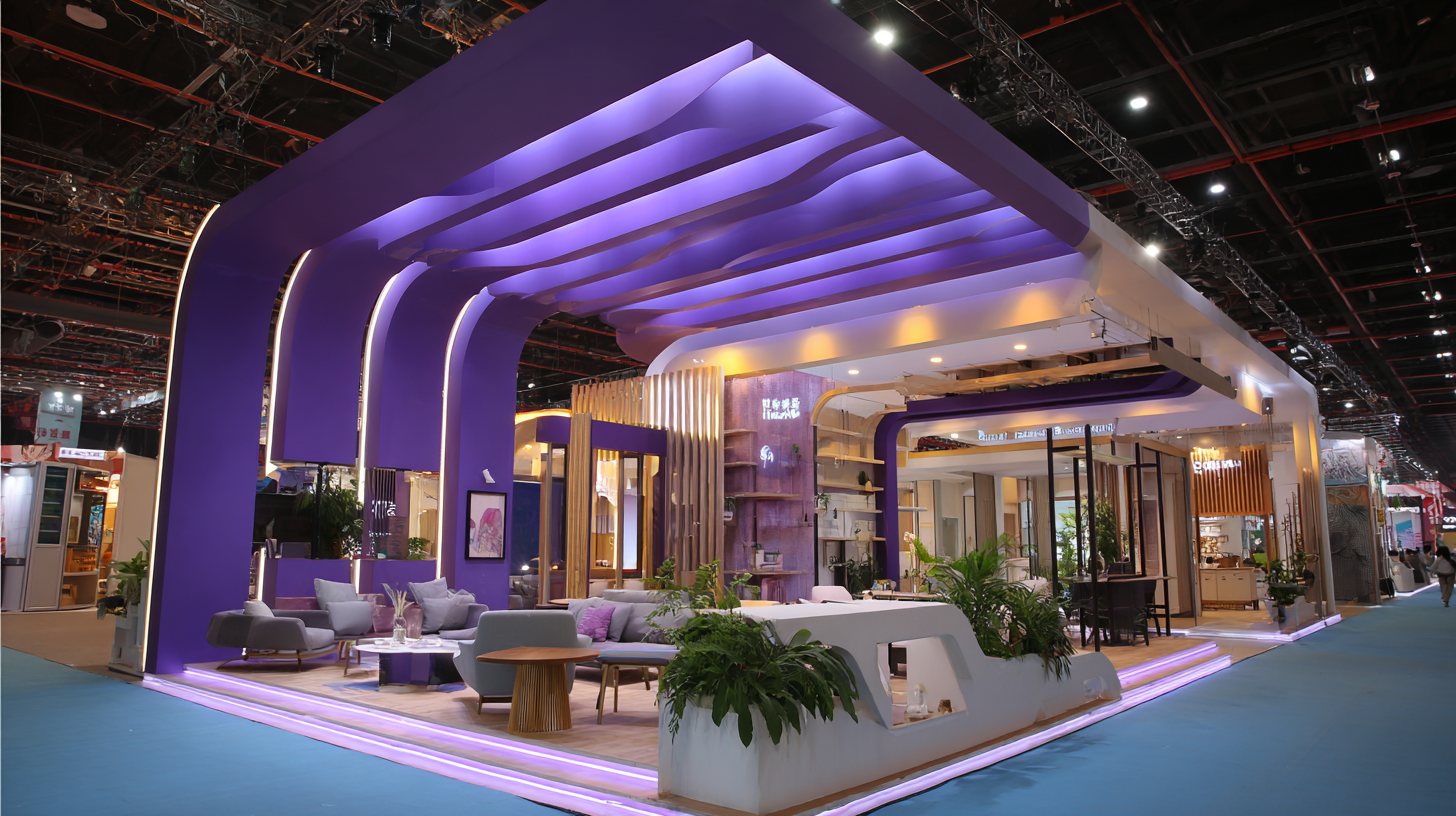
Additionally, the fair highlighted a movement towards multifunctional furniture, which aligns with the increasing trend of urbanization and smaller living spaces. Designers presented innovative solutions that transform traditional pieces into adaptable items, such as extendable dining tables and modular sofas. These designs prioritize both functionality and style, allowing consumers to maximize their space without sacrificing elegance. The convergence of these trends at the fair underscores a vibrant future for the furniture industry, driven by creativity and an acute awareness of market demands.
The 138th China Import and Export Fair in 2025 will be a focal point for furniture builders to explore the latest market trends. Understanding consumer preferences is critical for brands aiming to stand out in a competitive landscape. In 2025, consumers increasingly prioritize sustainability, opting for eco-friendly materials and production methods. Furniture builders should consider incorporating recycled materials and emphasizing their production processes to attract environmentally-conscious buyers.
Tips: Engage with your audience through storytelling. Share the journey of your materials from source to finished product, highlighting sustainability efforts. This not only builds trust but also strengthens brand identity.
Another notable preference is the demand for multifunctional furniture, driven by smaller living spaces and changing consumer lifestyles. Builders can tap into this trend by designing adaptable pieces that fit various needs, offering convenience without sacrificing style.
Tips: Utilize social media platforms to showcase innovative designs. Demonstrating how your furniture can transform a space will resonate with potential buyers seeking practicality and aesthetics in one package.
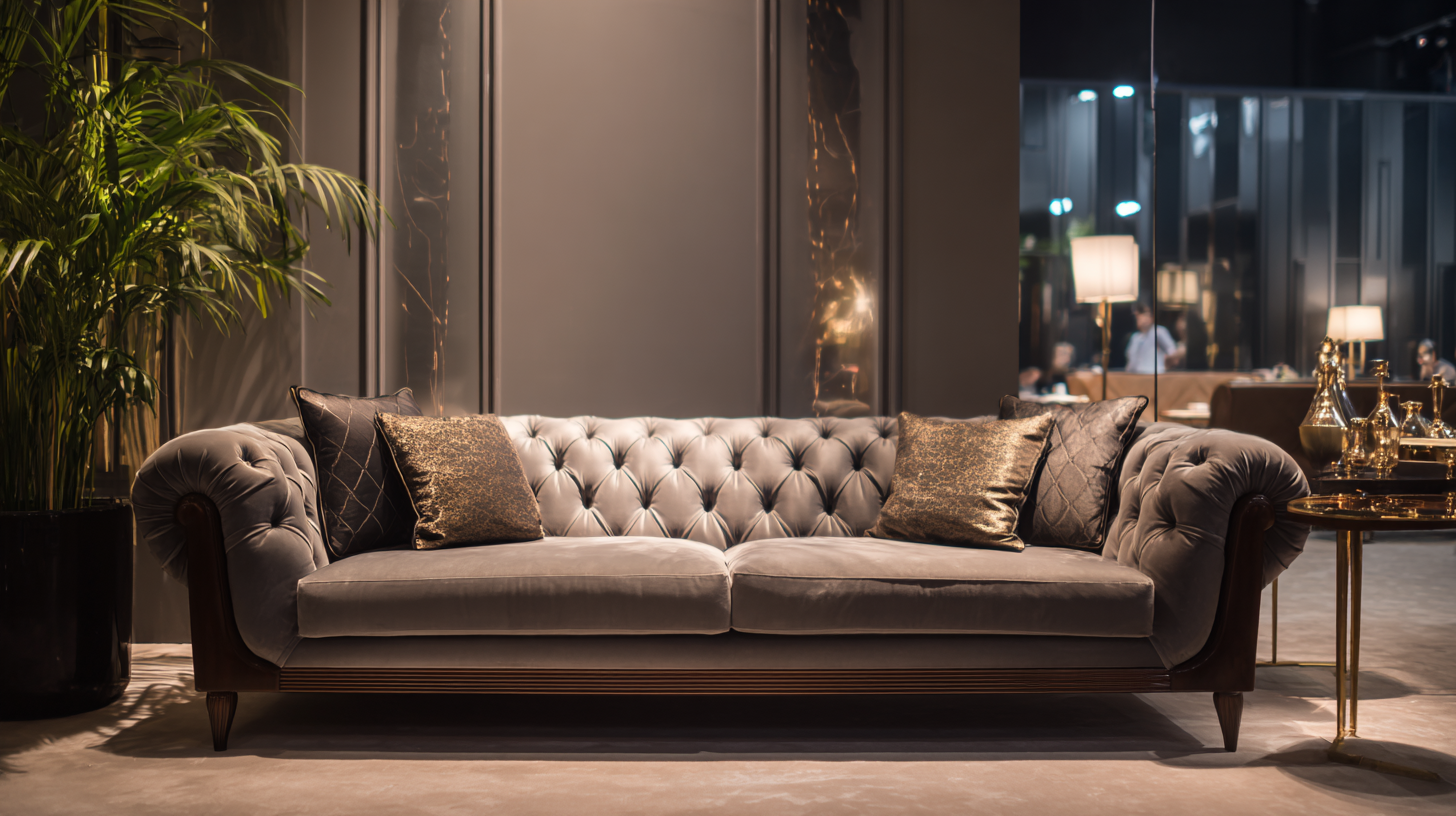
The 138th China Import and Export Fair in 2025 presents an exciting opportunity for furniture builders to delve into the latest technological innovations reshaping the industry. Advanced manufacturing processes, such as automated woodworking machinery and 3D printing, are revolutionizing the way furniture is produced. These technologies not only enhance precision and reduce waste but also allow for greater customization, catering to the growing consumer demand for bespoke furniture solutions.
Moreover, the integration of smart technology into furniture design is becoming increasingly prevalent. IoT-enabled furniture pieces offer consumers enhanced functionality, such as adjustable lighting and built-in charging ports, merging practicality with modern aesthetics. As sustainability becomes a key concern for consumers, innovations in eco-friendly materials and production methods are also gaining traction. These trends signify a shift towards responsible manufacturing practices, where technology plays a crucial role in minimizing environmental impact while meeting consumer expectations.
At the 138th China Import and Export Fair in 2025, the spotlight for furniture builders is increasingly turning towards sustainable practices and eco-friendly trends. According to a report by the Global Sustainability Forum, over 70% of consumers now prioritize environmentally friendly products when making purchasing decisions, marking a significant shift in market dynamics. This trend is not just a passing fad; companies that adopt sustainable practices can see an increase in customer loyalty and brand reputation, with data showing that 60% of consumers are willing to pay a premium for sustainable furniture options.
In addition, the furniture industry is witnessing a surge in the use of reclaimed materials and sustainable manufacturing processes. As highlighted by the U.S. Green Building Council, incorporating recycled woods and non-toxic finishes not only reduces waste but also aligns product offerings with growing environmental regulations. Furthermore, a research publication from the International Furniture Manufacturing Association indicates that the global market for eco-friendly furniture is expected to reach $286 billion by 2026, fueled by rising awareness of environmental issues and consumer demand for responsible sourcing. By embracing these trends, furniture builders can position themselves strategically for future growth in an increasingly eco-conscious marketplace.
| Trend Category | Description | Percentage of Industry Adoption | Expected Growth Rate (2025) |
|---|---|---|---|
| Sustainable Materials | Usage of renewable materials such as bamboo and reclaimed wood. | 65% | 15% |
| Eco-friendly Production Processes | Minimizing waste and energy consumption in manufacturing. | 58% | 20% |
| Circular Economy Practices | Implementing a system for reusing materials and products. | 40% | 10% |
| Smart Furniture Solutions | Furniture integrated with technology for sustainability. | 30% | 25% |
| Green Certifications | Acquiring certifications for eco-friendly practices and materials. | 50% | 18% |
As the 138th China Import and Export Fair approaches in 2025, furniture builders have a unique opportunity to gain insights from industry leaders and exhibitors who will be presenting the latest trends and innovations in the market. This event is strategically positioned to showcase advancements within the furniture sector, offering a platform where exhibitors can share their experiences and perspectives on consumer preferences and emerging technologies.
Industry leaders are expected to discuss the vital role of sustainability and digital transformation in shaping the future of furniture design and manufacturing. As seen in various global expos, including those focusing on new energy and technology, the increasing emphasis on eco-friendly materials and processes is paramount. This shift is likely to resonate throughout the fair, influencing how furniture builders approach production and design in the years to come. Exhibitors at the fair will highlight their efforts in integrating sustainable practices while maintaining high standards of quality and craftsmanship, setting the stage for innovative collaborations and partnerships within the industry.
